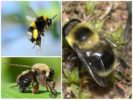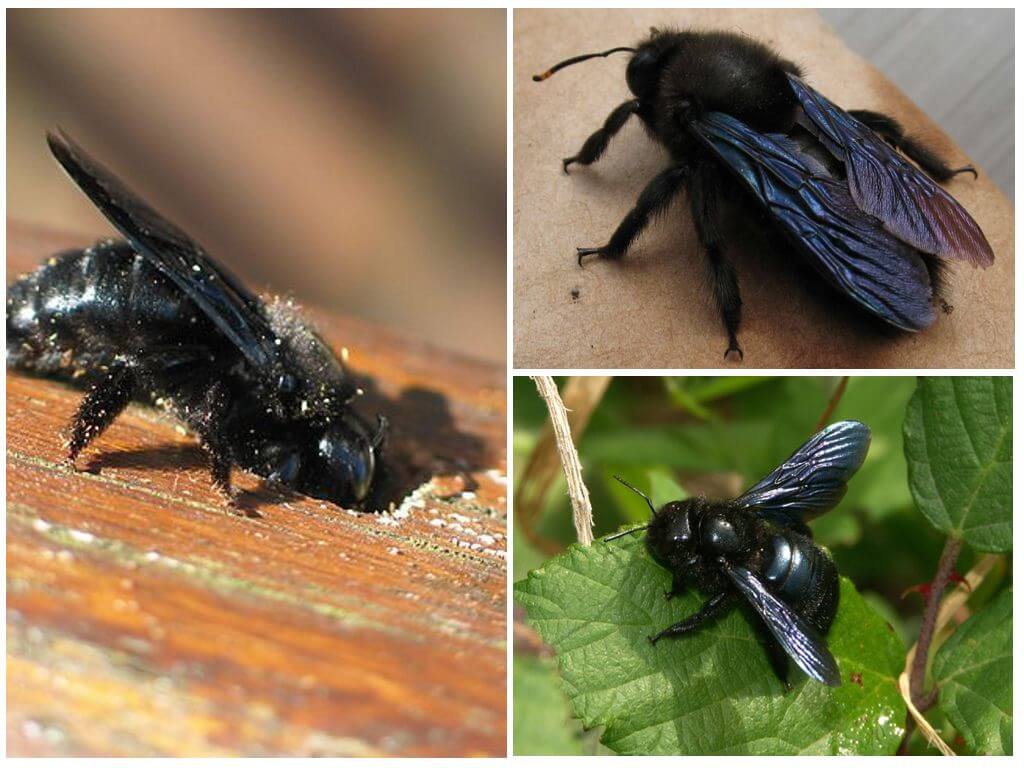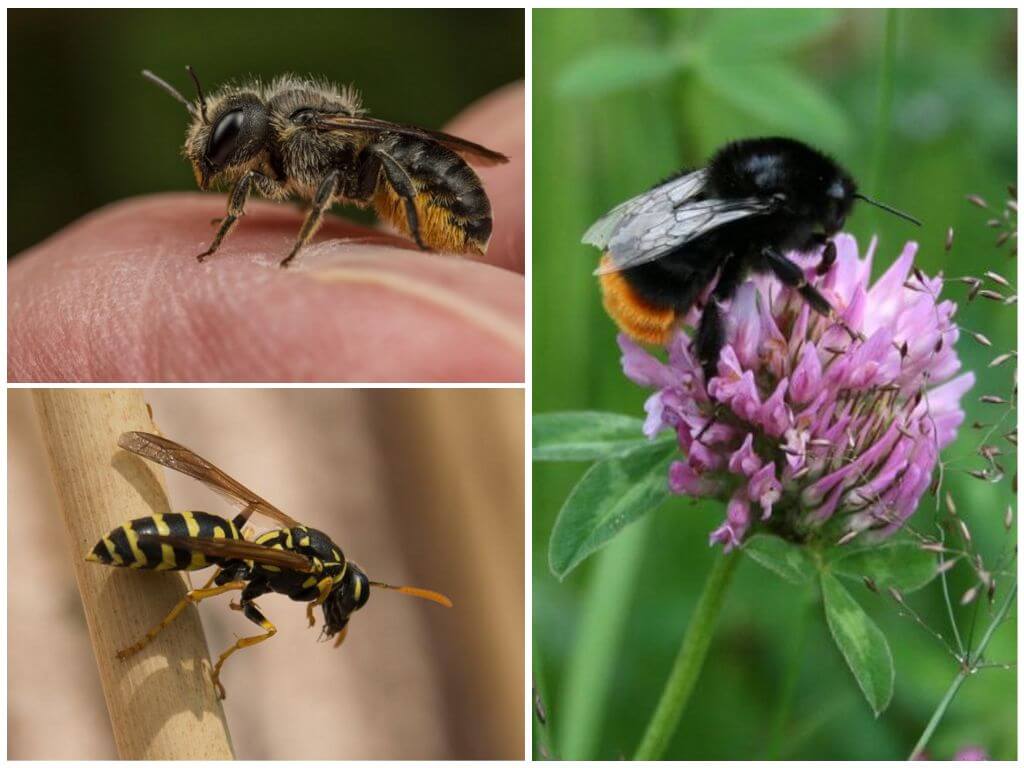- Flight of the Bumblebee
- Bumblebee
Many scientific hypotheses, and then laws, were discovered when observing animals. The first devices for paragliding a person in the air were copied from the wings of birds and insects. Scientists examined the principle of flight of a living creature and tried to explain this from a scientific point of view. And only recently they were able to understand why a bumblebee flies.
On a note!
The attention of researchers and people of science was attracted by a small insect, which, contrary to all the laws of physics known at that time, flies. Its voluminous body, the shape of which does not meet aerodynamic conditions, did not fit in with small, inconspicuous wings. All unanimously claimed that bumblebee cannot fly with such physical data.
Erroneous hypothesis
Mathematical formulas and laws of aerodynamics explained the flight of many insects:
- butterflies;
- bees;
- flies;
- mosquitoes;
- bugs and many others.
Any flying living creature was subjected to aerial analysis and after some calculations it became clear how it flies. When the turn came to the bumblebee, which is the closest relative of the bee, scientists came to a standstill. They tried to apply the formulas by which the lifting force acting on the aircraft is calculated.
On a note!
It is not surprising that these formulas did not fit the flight of an insect. The surface area of its wings was too small to create a force capable of lifting a heavy body. There was no talk of planning in the air stream here. The conclusion was unequivocal and curious: a bumblebee cannot fly.
It's all about wings
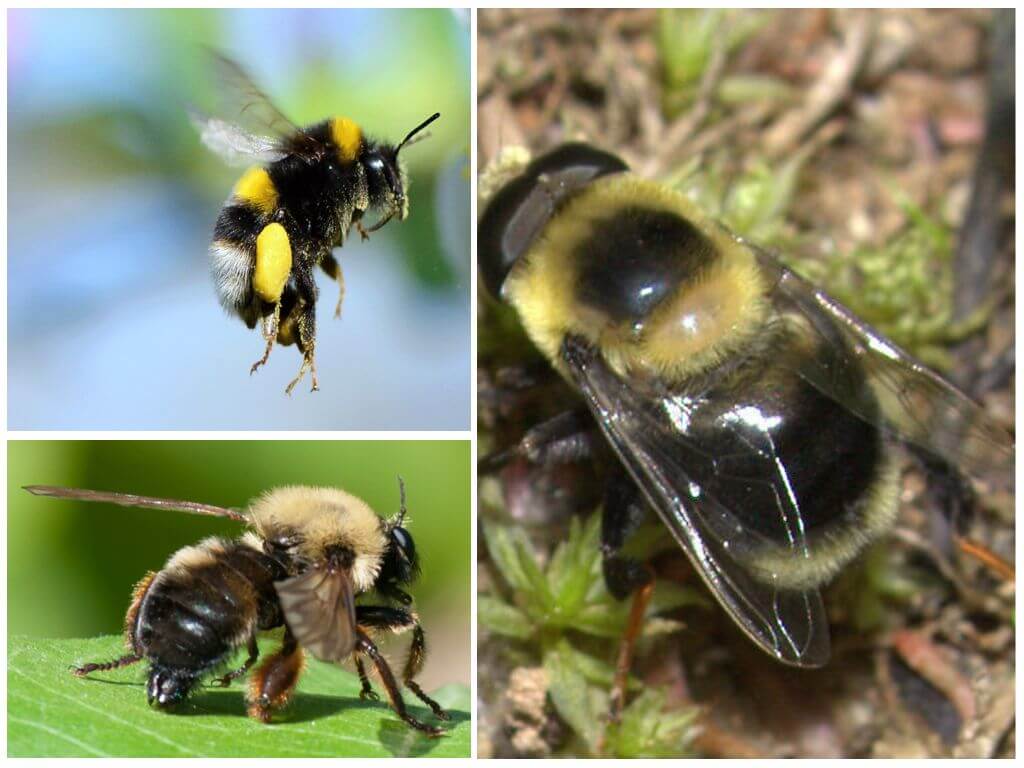
Science and technology did not stand still and soon returned to the issue of flying bumblebees. Now they have approached the solution of this problem more carefully, having recorded on a video camera how a bumblebee flies. With the help of modern equipment, it was possible to consider all the movements of the insect wings in slow motion and begin to build a new hypothesis.
In the video, experts discerned the principle of movement of the wings. Small and nondescript, they made very unusual swings. In addition to the reciprocating movements, they simultaneously performed subtle vibrational vibrations that looked more like a small tremor. It is these high-frequency oscillations that caused the flight of the insect.
Interesting!
During observations of the movement of the wings of a hairy relative of a bee, it was estimated that he makes 300-400 flashes per second.
Thanks to these microvibrations of the wings, air turbulences with a variable density value are created around their ends. The difference in the density of air flows creates a lifting force acting on the insect. Such swirls are not possessed by the flapping of the wings of a butterfly or a bee, therefore, initially they could not come to this conclusion.
Evidence base from a physicist
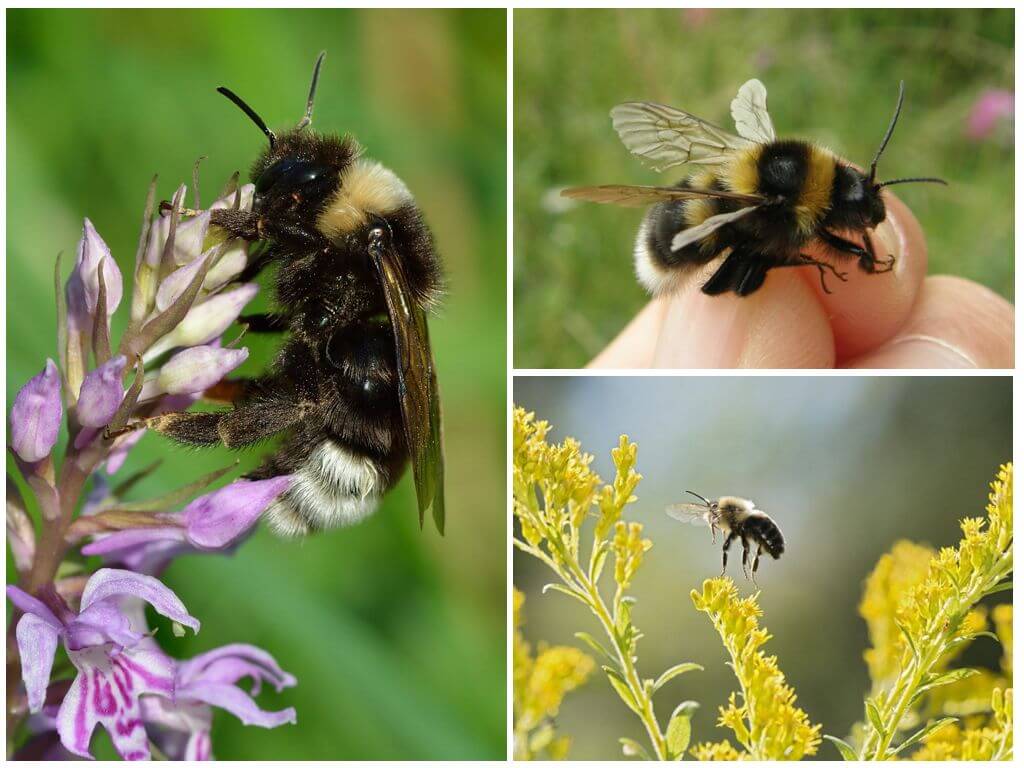
For the first time, a scientifically based opinion on the flight of a bumblebee was made public in the middle of the last century. Physicist Zheng Jane Wang, who works at the renowned Cornell University in the United States, has provided evidence for the formation of lift due to turbulence.
The physicist spent a lot of time on thorough research on this issue, and there were no objections to her hypothesis.She also noted that the main mistake of scientists who assured that according to the laws of physics a bumblebee cannot fly was the lack of sufficient knowledge in certain areas of aerodynamics.
The use of formulas that calculate the flight of an airliner with a static state of the wings is impossible to calculate the flight of an insect that actively flaps its wings in several planes. Such motion in air is a striking example of the section of non-stationary gas-viscous dynamics.
The result of all these studies was the final conclusion that the furry relative of the bee can fly. More interesting is the fact that an insect, without these complex and lengthy conclusions of great minds, both flew and continues to fly. Even if a new hypothesis of bumblebee aerodynamics appears later, he will still make his daily flights, no matter what.
